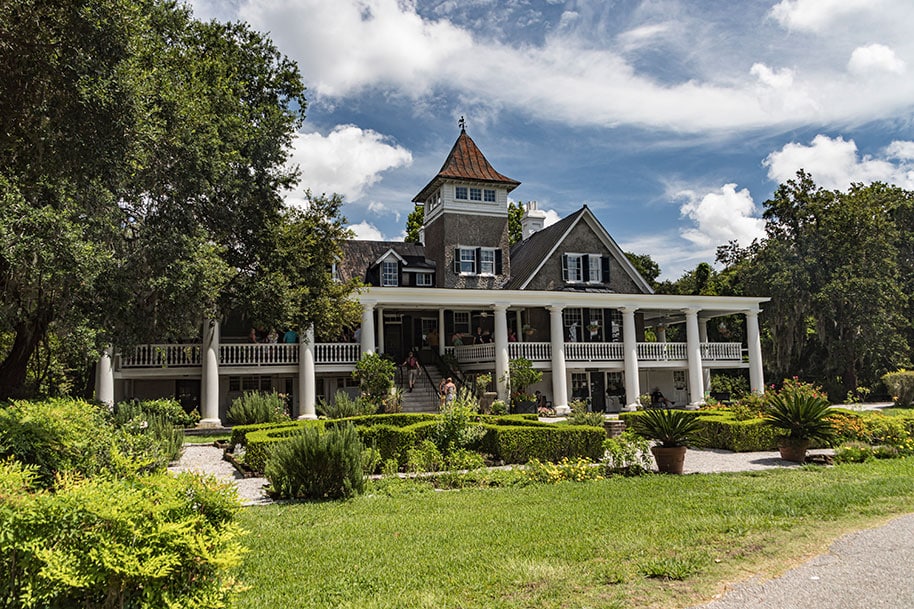Change in Use of Principal Residence, Principal Residence Exemption and Subsection 45(2) Election
When there is a change in use of your principal residence, a deemed disposition occurs under subsection 45(1) of the Income Tax Act. The Canadian Tax Act states that a taxpayer will be deemed to have disposed a property for proceeds equal to its fair market value and then immediately thereafter reacquired it at a cost equal to its fair market value when the taxpayer changes the use of a principal residence to a rental property. If the deemed proceeds of disposition of the property is greater than its tax cost base, the taxpayer would be subject to capital gain. In most cases, half of the capital gain would be a taxable capital gain.
The good news is that the Canadian government permits a taxpayer to eliminate or reduce capital gain on the disposition of a taxpayer’s principal residence. This tax break is called principal residence exemption. The principal residence exemption rule is effectively contained in two provisions: section 54 which contains the definition of principal residence, and paragraph 40(2)(b) which describes the formula used to calculate a taxpayer’s net capital gain from the disposition of the principal residence. It is important to note that a taxpayer and his or her spouse or common-law partner can only designate one principal residence for each tax year after 1981. A very helpful resource from the CRA is the Income Tax Folio S1-F3-C2 “Principal Residence”. If you have any questions regarding Principal Residence Exemption, please contact our top Toronto tax law firm.
Moreover, under subsection 45(2) of the Income Tax Act, a taxpayer can make an election not to be considered as changing his or her principal residence upon conversion to a rental property. The immediate tax benefit from this is that the taxpayer would not have to report any capital gain at the time of change in use. Instead, any accrued capital gain on the property will be deferred until it is realized on a future disposition. In addition, the taxpayer making this election can designate the property as his or her principal residence for up to 4 years even though the property is not used as his or her principal residence, provided that all of the specified conditions are met. The subsection 45(2) election is a great tax planning tool. To learn more about the subsection 45(2) election, feel free to reach out to one of our experienced Canadian tax lawyers.
Rental Income from Principal Residence
What would happen if a taxpayer began using a portion of their principal residence to earn rental income? In such a scenario, would a deemed disposition occur? Would the principal residence still be eligible for a principal residence exemption if you decide to sell it later in the future? In this article, we will be discussing the tax consequences of a principal residence that earns rental income.
Changing Part of Principal Residence to Rental Property
As explained above, if a taxpayer changes his or her principal residence to a rental property, the deemed disposition under subsection 45(1) that would otherwise occur will not occur by making an election under subsection 45(2). Prior to March 19, 2019, such election could not be made when a partial change in the use of a property occurred. However, the Canadian government amended the Income Tax Act to allow taxpayers to elect that the deemed disposition that would otherwise occur on a partial change in use not apply. Thus, from March 19, 2019, a taxpayer can elect that the deemed disposition that normally arises on a partial change in use of a property not apply. If you have any questions regarding the election, please contact our knowledgeable Toronto tax law firm.
Earning Rental Income from Principal Residence
If you earn income from your principal residence, for example from renting a room, your principal residence will still be exempt from Canadian income tax on any capital gain rising on disposition provided the income is incidental to your use of the property, you make no structural changes to the property, you don’t claim capital cost allowance (depreciation) on the property and you satisfy all the requirements for claiming the principal residence exemption.
Pro Tax Tip: You can Still Claim the Principal Residence Exemption Even if you Earn Rental Income from Your Principal Residence
For most Canadians, their home is their greatest asset. In addition to having to pay the purchase price of one’s home with income (generally after-tax income), a homeowner must also consider whether any gains arising from the sale of the home is taxable. As discussed above, any gains arising from the sale of a principal residence are potentially tax free as a result of the principal residence exemption. Moreover, even if you earn some rental income on the side from your principal residence (for example by renting out a room), you can still claim principal residence as long as the income is incidental to your use of the property, you make no structural changes to the property, you don’t claim capital cost allowance (depreciation) on the property and you satisfy all the requirements for claiming principal residence exemption. If you have any questions about the principal residence exemptions, feel free to consult with one of our expert Toronto tax lawyers.
F.A.Q.
What are the Benefits of Making Use of the Subsection 45(2) Election?
When a deemed disposition occurs, the taxpayer is subject to tax even though there was no sale. Thus, the taxpayer may not have any cash with which to pay the associated tax. Thus, by making the subsection 45(2) election, a taxpayer does not have to calculate and pay tax on the appreciation in value. Moreover, the election allows the taxpayer to shelter more years by claiming additional principal residence exemption even though the taxpayer did not use the property as a principal residence.
How Many Properties can you Claim Principal Residence Exemptions in a Given tax Year?
You can only claim the principal residence exemption on one property per household (both spouses) per year. The principal residence exemption is only claimed when a property is sold and at the time of sale you will determine for which years you wish to claim the exemption.



